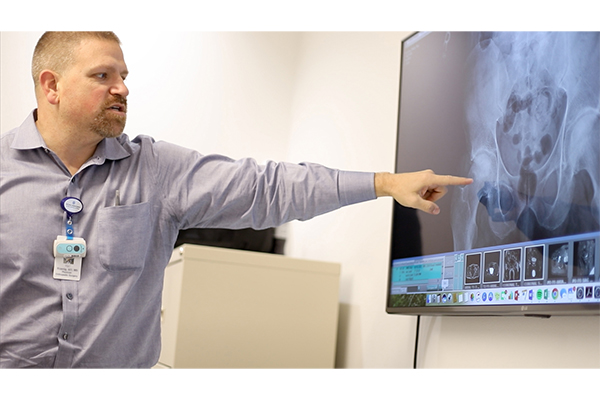Long wait times and a merry-go-round of doctor referrals have been staples of traditional medicine, but some UT researchers are trying to change that.
Operations management researchers and physicians from the Dell Medical School created a new scheduling system in April that allows patients to see more than one doctor during a single visit to a clinic.
“Traditionally, when the patient needs to see doctors, the patient has to go to different locations to see different doctors,” said Pengfei Zhang, an information, risk and operations management graduate student who worked on the project. “They may go to the first doctor and then get referred to a second one and then to the third one.”
This shuffling between doctors is inconvenient for many reasons, Zhang said. For example, patients may need to take multiple days off to travel to various clinics. Additionally, when they arrive, they may have to retake the same tests because patient profiles are not easily transferable between doctor’s offices, Zhang said.
“The fact is the history of health care, especially in this country, has been one of a very fragmented system,” said Douglas Morrice, an information, risk, and operations management professor who worked on the project.
Karl Koenig, medical director of the Musculoskeletal Institute at UT Health Austin, worked in conjunction with the researchers to design a new type of clinic that is patient focused.
“In this kind of clinic, the patients are in the room and the providers come and visit the patients,” said Jonathan Bard, a mechanical engineering professor who worked on the project. “So it’s a very patient-centered practice.”
The new clinic will improve patients’ experiences by cutting down waiting times and the time spent going to different locations to see different doctors, Morrice said.
“Our job was to look at scheduling patients to create the most access for patients to get to the clinic, to be treated, and be provided care without creating problems like waiting times that are very long,” Morrice said.
The researchers developed their system based on the experiences of both doctors and patients along with mathematical models created using patient data, Bard said.
“We were able to develop a mathematical model through experimentation to determine what’s the maximum number of patients that we are going to be able to see a day and what the utilization is going to be of the resources, which are mostly the providers,” Bard said.
Morrice said improving patient outcomes and creating a positive clinic experience are important goals for this ongoing project.
“The most important objective in any health care system are the patient outcomes,” Morrice said. “(The) patient has some condition or illness … What that system should do is try to is try to restore the patient to normalcy. That is a high objective.”



















